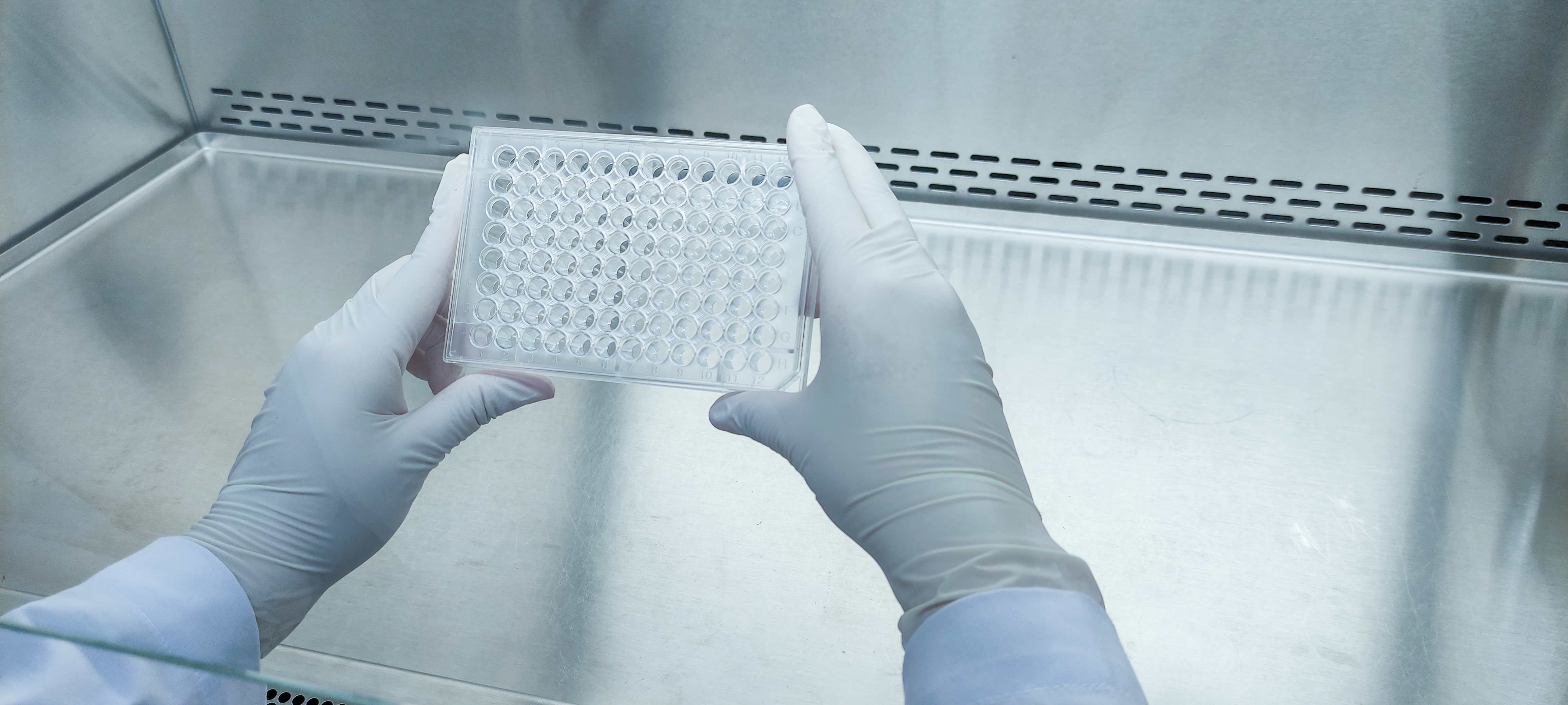Safety Equipment
S3: Science Safety Security

Safety Equipment (Primary Barriers and Personal Protective Equipment)
The primary means of physical containment include laboratory practices and the use of containment equipment within the laboratory. Safety equipment includes biosafety cabinets (BSCs), personal protective equipment (PPE), enclosed containers, and other controls designed to remove or minimize exposures to hazardous biological materials.
Personal protective equipment is specialized clothing or equipment worn by laboratory workers to provide another layer of protection while handling infectious agents or toxins. PPE may include masks, gloves, safety glasses, lab coats or gowns, and other protective garments. The purpose of PPE is to prevent exposure of laboratory workers to infectious agents or toxins while in the laboratory. PPE is used in all biological laboratories and at all biosafety levels.
Biosafety Cabinets are primary containment devices designed to contain infectious agents or toxins. They are routinely used for a variety of applications such as cell and tissue culture, bacterial and viral work, and clinical sample manipulations. Biosafety cabinets (BSCs) are designed to protect laboratory workers and the environment from potential exposure to infectious agents or toxins through the use of directional air flow and High Efficiency Particulate Air (HEPA) filters. BSCs can also protect a biological product from contamination.
Facility Design and Construction (Secondary Barriers)
The
facility design and physical features of a biological laboratory provide primary barrier protection from the accidental release of infectious agents or toxins outside the laboratory or to the environment. The design and construction of the facility contribute to the laboratory workers’ protection. It also provides a barrier to protect people, animals, and the environment outside of the laboratory from infectious agents or toxins that may be accidentally released from the laboratory. Examples of protective features in buildings include double doors and negative air pressure rooms. Laboratory design is one element of “engineering controls” used in laboratory biosafety.
Biosafety Innovation
Needles, centrifuges, glass instruments, and other tools can all pose unique hazards to laboratory workers. Over time, the design of this equipment has changed to improve safety and reduce risks. Biosafety innovation is an ongoing process of hazard identification and design changes to address new or newly recognized risks.
Safety advances in biological laboratories have been made in the design of new equipment and in standard laboratory practices based on new information about biological hazards. The proper use of equipment, adherence to standard operating procedures, and good practices in the laboratory are all crucial to keeping laboratory workers, the community, and the environment safe.
A few examples of the ways safety equipment can reduce a laboratory worker’s risk of exposure are listed below and show how important well-designed equipment in laboratories is for ensuring safety.

